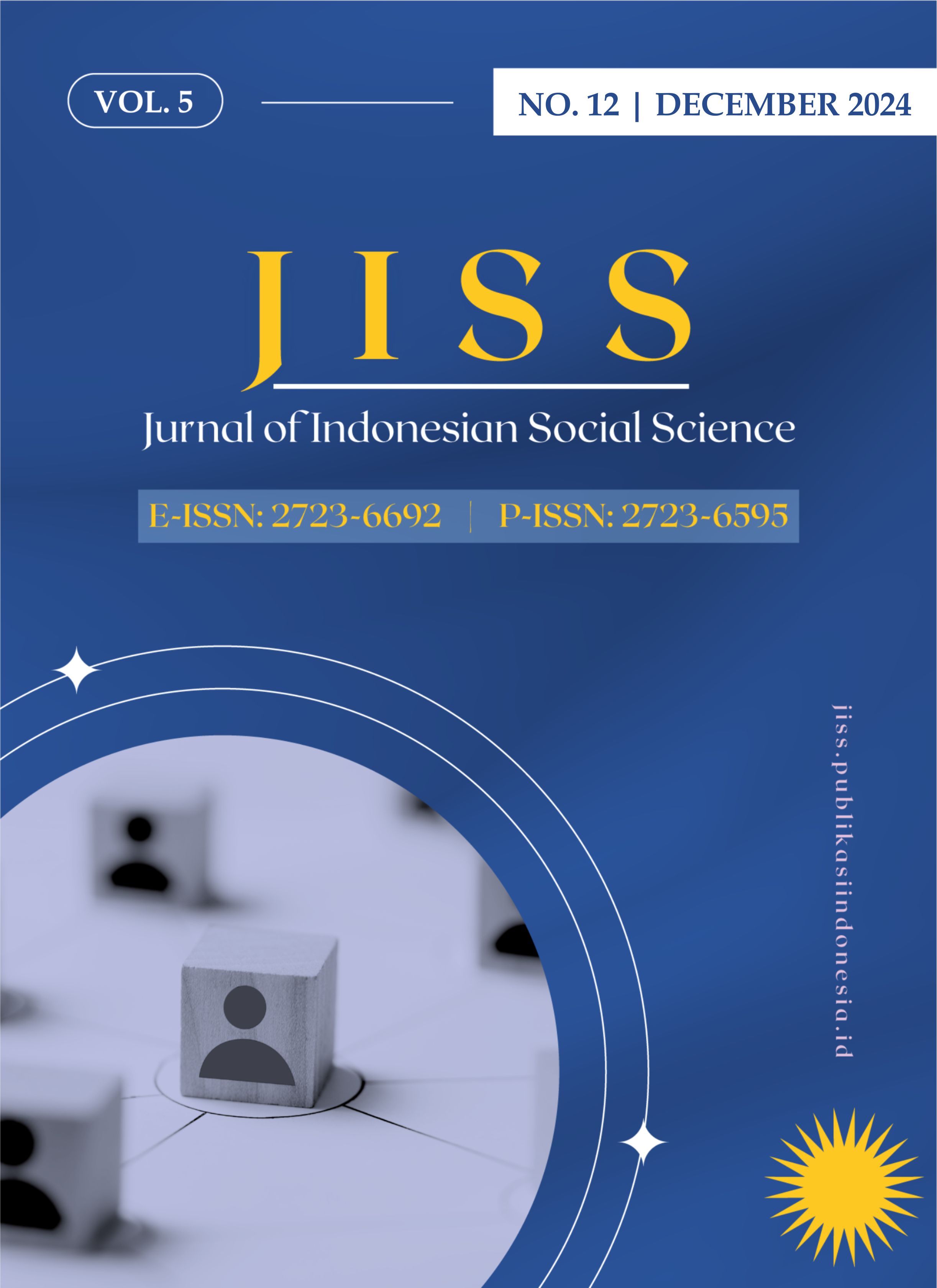Placenta Previa: Case Report
DOI:
https://doi.org/10.59141/jiss.v5i12.1523Keywords:
Placenta Previa, Cesarean SectionAbstract
Placenta previa is a significant obstetric complication that occurs during pregnancy, characterized by abnormal implantation of the placenta in the lower uterine segment. Risk factors for having had a previous caesarean section, multiple pregnancies, advanced maternal age, or having a history of uterine surgery at higher risk, a history of previous uterine curettage, may increase the likelihood of placenta previa. woman aged 29 years G3P2A0 38 weeks pregnant came with complaints of fresh blood coming out of the birth canal since 3 hours before entering the hospital about half of the pads. Previous history to an obstetrician with malpositioned ultrasound results and a history of 2 previous deliveries by cesarean section. Physical examination, blood pressure 110/70, pulse 78 times/minute, respiration 18 times/minute, temperature 360C, there was no clinical anemia, obstetric examination of the height of the uterine fundus (TFU) 33 cm with an estimated fetal weight (TBJ) 3100 gr, FHR 152 times/minute regularly, positive His 1-2 times/10 minutes 10-15 seconds each. From vaginal positive spots, no active bleeding, vaginal touch was not done. Ultrasound of the fetus in cephalic presentation, positive FHB, EFW 3100 gr, placenta corpus posterior closing OUI grade 3 SDP 6 cm PAI score 2 positive hypoechoic zone, negative lacuna, KTG category 1. From investigations, Hb was 10.2 gr/dl. Ht 30%, leukocytes 12,950 uL, platelets 322,000 uL, bleeding time and clotting time within normal limits. management carried out strict vital signs monitoring, planned sectio caesaria cito and given premedication injection of ceftriaxone 2gr and 250cc PRC blood supply. Placenta previa is a complex obstetric condition that requires careful diagnosis, monitoring and management. Prompt recognition of the condition, close monitoring of maternal and fetal safety, and timely intervention, such as cesarean section when indicated, are critical to reducing the risks associated with placenta previa.
Published
How to Cite
Issue
Section
License
Copyright (c) 2024 Freza Farizan, Junita Putri Anwar, Erliana Fani

This work is licensed under a Creative Commons Attribution-ShareAlike 4.0 International License.
Authors who publish with this journal agree to the following terms:
- Authors retain copyright and grant the journal right of first publication with the work simultaneously licensed under a Creative Commons Attribution-ShareAlike 4.0 International. that allows others to share the work with an acknowledgement of the work's authorship and initial publication in this journal.
- Authors are able to enter into separate, additional contractual arrangements for the non-exclusive distribution of the journal's published version of the work (e.g., post it to an institutional repository or publish it in a book), with an acknowledgement of its initial publication in this journal.
- Authors are permitted and encouraged to post their work online (e.g., in institutional repositories or on their website) prior to and during the submission process, as it can lead to productive exchanges, as well as earlier and greater citation of published work.












